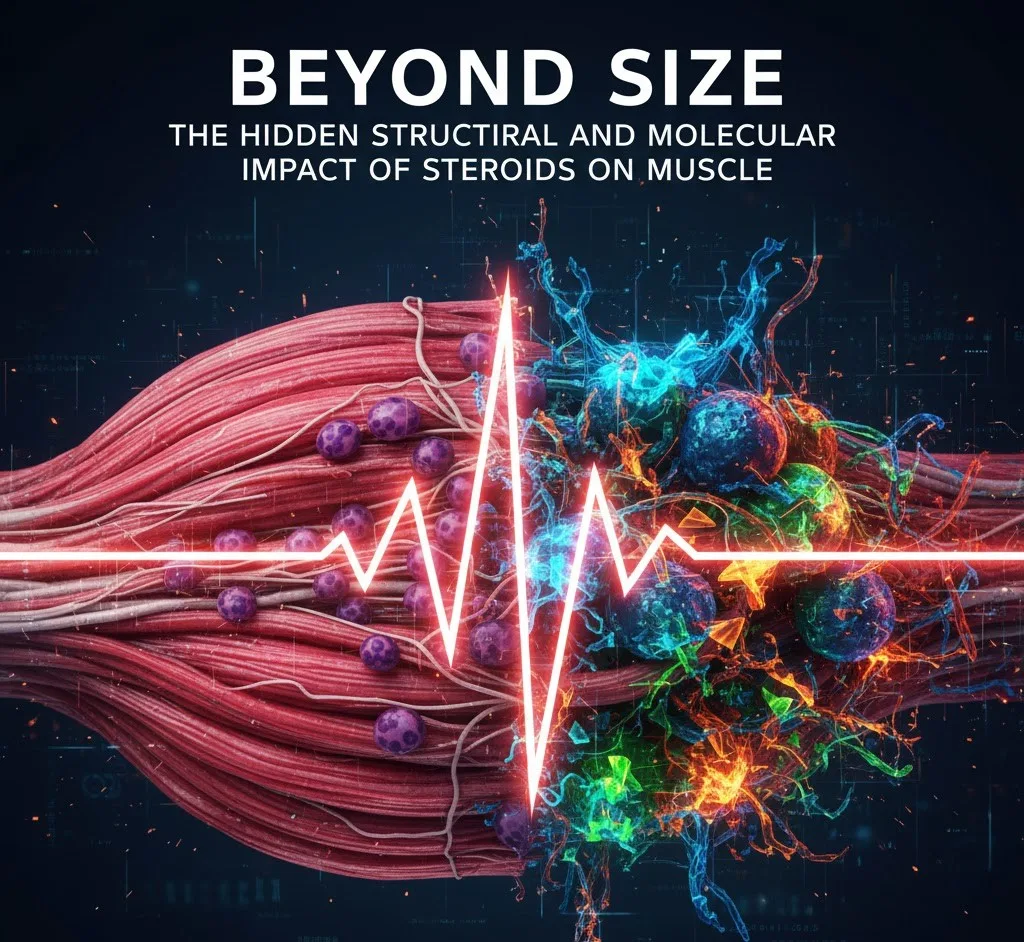When we talk about steroids and muscle building, the immediate picture that often comes to mind is increased strength and significant hypertrophy—muscles that grow larger and more powerful. But what's truly happening beneath the surface? Is it just a simple increase in bulk, or do steroids instigate deeper, more fundamental changes at the molecular and structural levels of muscle tissue?
Research suggests the latter.
The Question of Deep Change
The initial query posed in a recent discussion highlights this very point: If steroids cause substantial muscle growth and strength, are these effects merely superficial, or do they trigger alterations within the very architecture of the muscle cell? Does the "building" (the muscle) not only change its outward appearance but also its "interior and decoration" – meaning its internal structural and molecular composition? Specifically, does the muscle's "protein profile" undergo a transformation?
The answer, it turns out, is a resounding yes.
Unpacking the Protein Profile
Studies examining the protein profile of muscles reveal clear and undeniable changes in response to steroid use. These changes are so distinct that, remarkably, one can often infer steroid consumption simply by analyzing the muscle's protein signature, even without prior knowledge of its use.
This isn't just about more protein being present; it's about a qualitative shift in how proteins are organized and expressed. Further investigation into key muscle proteins has shown a cascade of changes, including both structural and functional modifications. These aren't limited to proteins directly impacted by steroid pathways; even seemingly unaffected proteins can show altered arrangements.
A Long-Term Structural "Redecoration"
The analogy of "decoration change" is apt. Steroids don't just add more bricks to the wall; they fundamentally re-arrange the entire internal blueprint. This means that the impact extends beyond merely increasing the quantity of muscle components. There's a significant alteration in the qualitative arrangement of proteins, indicating a pervasive effect on the muscle's overall structure and how its various elements are arranged.
Crucially, these changes aren't transient. Steroids exert a lasting influence, affecting not only the muscle cell nucleus but also the broader protein expression and structural organization. These profound alterations can persist in the long term, reshaping the very fabric of the muscle.
A Word of Caution
While the scientific insights into steroid-induced changes are fascinating, it's vital to accompany this knowledge with a strong cautionary note. Many experts and health professionals strongly advise against the use of steroids. The common arguments for steroid use, often presented as simple comparisons of small doses to potential benefits, frequently overlook the complex and often severe long-term damage that these substances can inflict. The scientific understanding of steroids' deep impact on muscle structure only underscores the irreversible and potentially harmful consequences that can arise from their consumption.
In conclusion, steroids do far more than just bulk up muscles. They instigate a complex and enduring "redecoration" at the molecular and structural core of muscle tissue, fundamentally altering its protein profile and overall architecture in ways that are still being fully understood.

